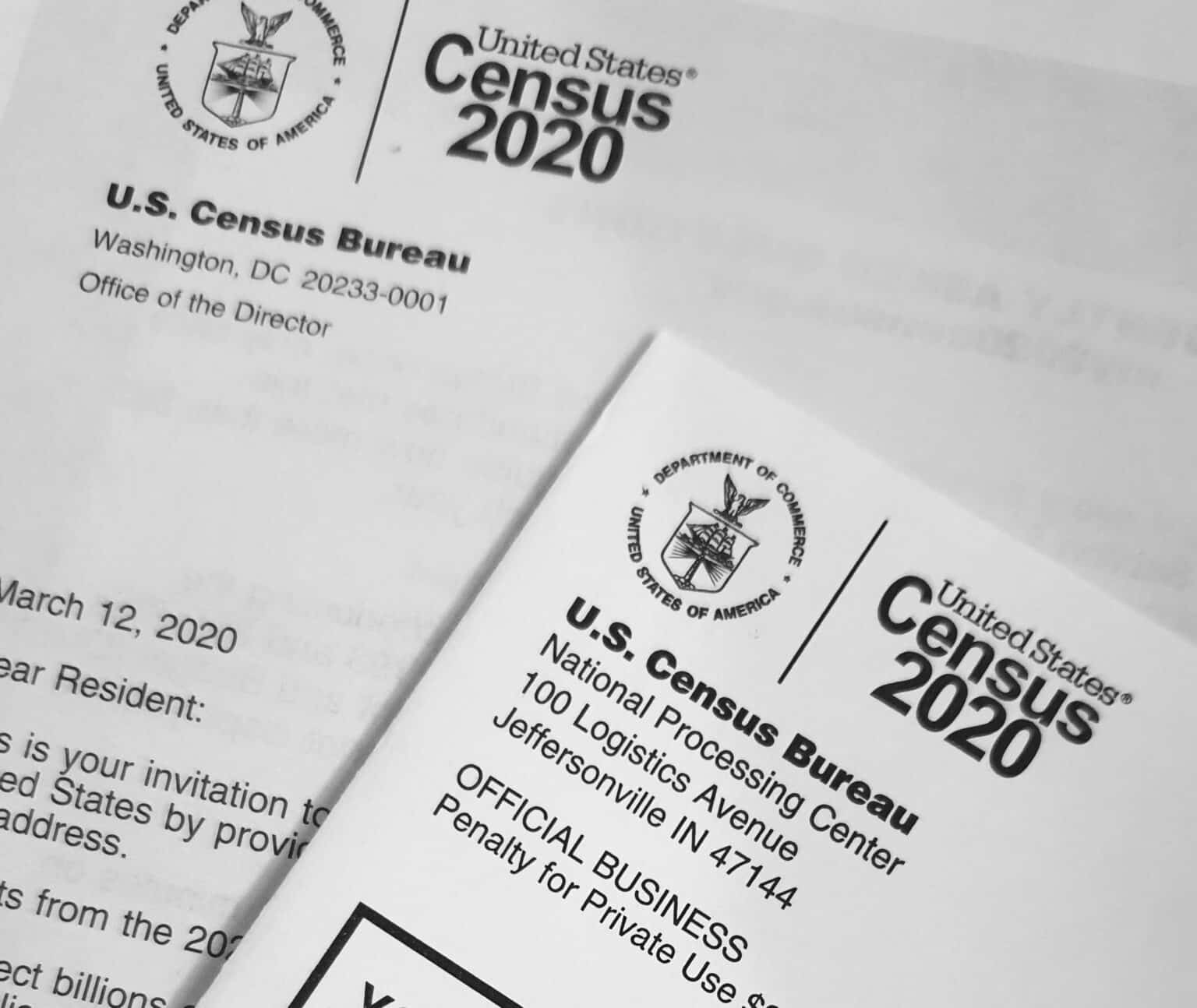The U.S. Census Bureau has revised the criteria for what is defined as an “urban” area, raising the population threshold from 2,500 to 5,000 people as well as at least 2,000 housing units.
As a result, some 3.5 million residents living in nearly 1,000 small towns, hamlets and villages have been redefined as living in “rural” areas.
The new definitions allow for different qualifications regarding federal funding for housing, transportation, health care, education and agriculture. Since the federal government doesn’t have a standard definition for “rural” or “urban,” the Census Bureau’s definitions often provide a baseline.
Groups like the American Hospital Association have said these changes—the biggest being made to the definitions in decades—could cause problems for people who need medical care in rural areas.
“Going with the new definition could limit the number of rural health clinics moving forward and have a negative impact on rural access to care,” Shannon Wu, senior associate director of policy at the Hospital Association, told the Associated Press.
The Census Bureau said the new definitions should be used for statistical purposes only. The bureau reviews the definitions every 10 years after a census, and the urban population has grown from about 45% of the total U.S. population in 1910 to more than 80% a decade ago.
In fact, there were 2,646 urban areas in the mainland U.S., Puerto Rico and on U.S. islands according to the new federal register that the bureau released on Thursday.
Adding housing units to the definition was a new factor, as well. The Census Bureau said counting housing units would allow it to make updates in fast-growing areas in between the decade-by-decade census counts.
Further, counting housing units helps obscure individuals’ privacy, according to the Bureau.
The practice, however, has met with detractors who point out that “seasonal communities” like beach towns and ski resorts could potentially be misrepresented.


